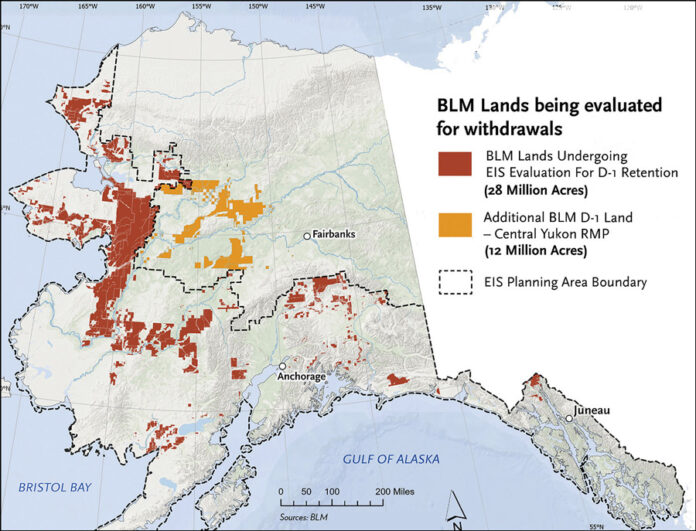Welcome to the latest installment of the Wednesday Wake-Up Call, a roundup of the most pressing conservation issues important to anglers. Working with our friends at Trout Unlimited, Backcountry Hunters & Anglers, the Theodore Roosevelt Conservation Partnership, The Everglades Foundation, Captains for Clean Water, VoteWater.org, Bonefish & Tarpon Trust, and Conservation Hawks (among others), we’ll make sure you’ve got the information you need to understand the issues and form solid opinions.
1. Water Starts Flowing into the first of Three EAA Reservoir Storm Treatment Areas
Over the past decade, we have been talking about the Everglades Agricultural Area Reservoir, supporting legislation to provide funding, and offering updates on its construction. Last Thursday, an important step toward the completion of this project was celebrated by conservationists, politicians, and scientists when engineers turned on the pumps and flooded the first cell of the EAA Reservoir Stormwater Treatment Area (STA).
STAs are designed to clean water through natural filtration, removing pollutants before the water is sent southward through the Everglades.
Click here for the full story from Captains for Clean Water
Related stories:
2. Take Action to Protect Alaska’s Wildest Lands
You may never have heard the term “D-1 lands,” but it’s time stand up to keep these landscapes safe. Alaska’s D-1 lands , which are administered by the Bureau of Land Management (BLM), were originally withdrawn from mineral extraction in the 1970s to ensure the uses of these lands were consistent with the public interest. These lands have been effectively safeguarded from privatization and large-scale industrial development for approximately 50 years, which has helped maintain intact habitat and public access for hunters and anglers.
Now, the BLM is taking a fresh look at how 28 million acres of D-1 lands should be managed for future generations. Later this year, the agency plans to issue a decision to fully retain, partially retain, or revoke the withdrawals that have prevented mineral entry and conveyance to private interests for decades. If these conservation measures are revoked, it is reasonable to expect that hunting and fishing quality and opportunity would be diminished on some of Alaska’s most spectacular public lands.

“Every year, tens of thousands of people from around Alaska, America and the world travel to Bristol Bay to experience wild salmon runs and fishing unparalleled anywhere else on the planet,” said Brian Kraft, owner of Alaska Sportsman’s Lodge in Bristol Bay. “Bristol Bay’s D-1 lands are critical habitat in a highly interconnected ecosystem. It’s vital that the D-1 protections on over 1 million acres of these lands remain in place — not only for the future of my business and for sportsmen and women across the nation, but to ensure Bristol Bay’s record-breaking wild salmon runs continue for generations into the future.”
Alaska’s BLM lands and its vast network of pristine rivers, lakes, and streams support five species of Pacific salmon. Salmon is an important subsistence resource for Alaska Natives and many other communities throughout Alaska. Even without a complete survey yet from the State of Alaska, we already know that at least 5,000 miles of salmon streams flow through the BLM lands under review.
The Bureau of Land Management just opened a 60-day public comment period on this potential rollback of public land protections. Tell the government that you want these irreplaceable intact landscapes to continue supporting local communities—and that you value clean water, healthy habitat, and food security over industrial development. Make your voice heard by February 14!
Click Here to Make Your Voice Heard
Click here for more info from TRCP
Related stories:
Credit: Source link































